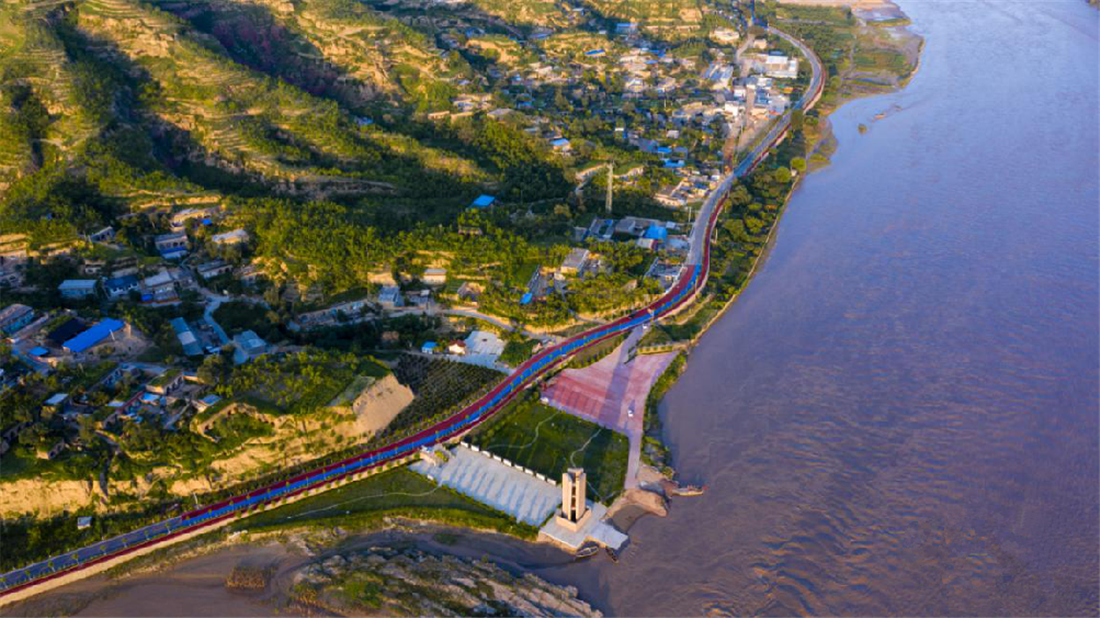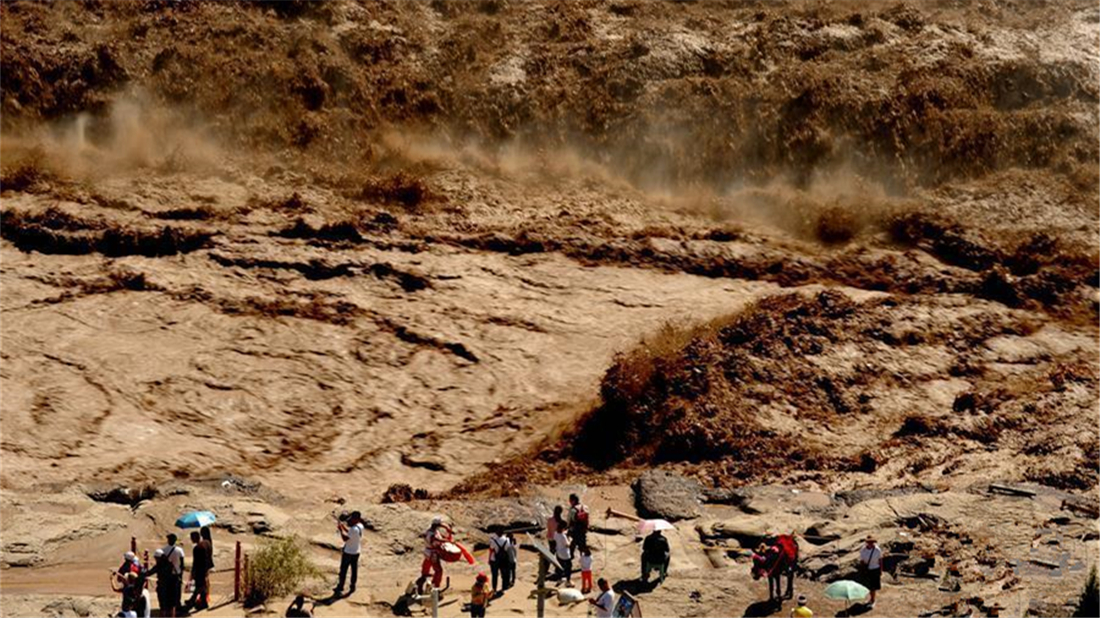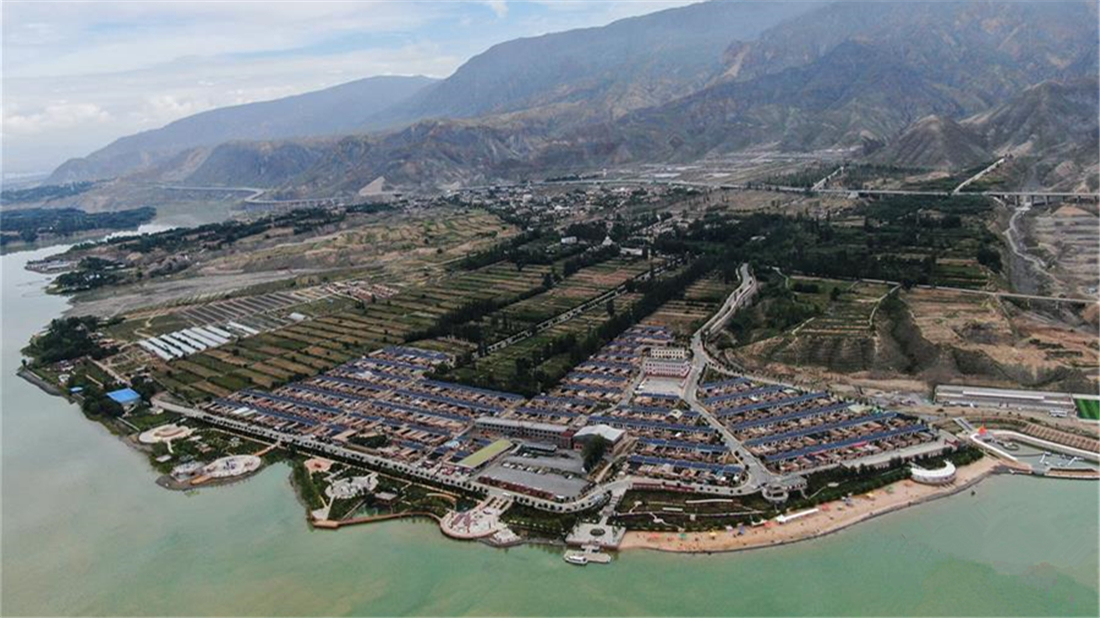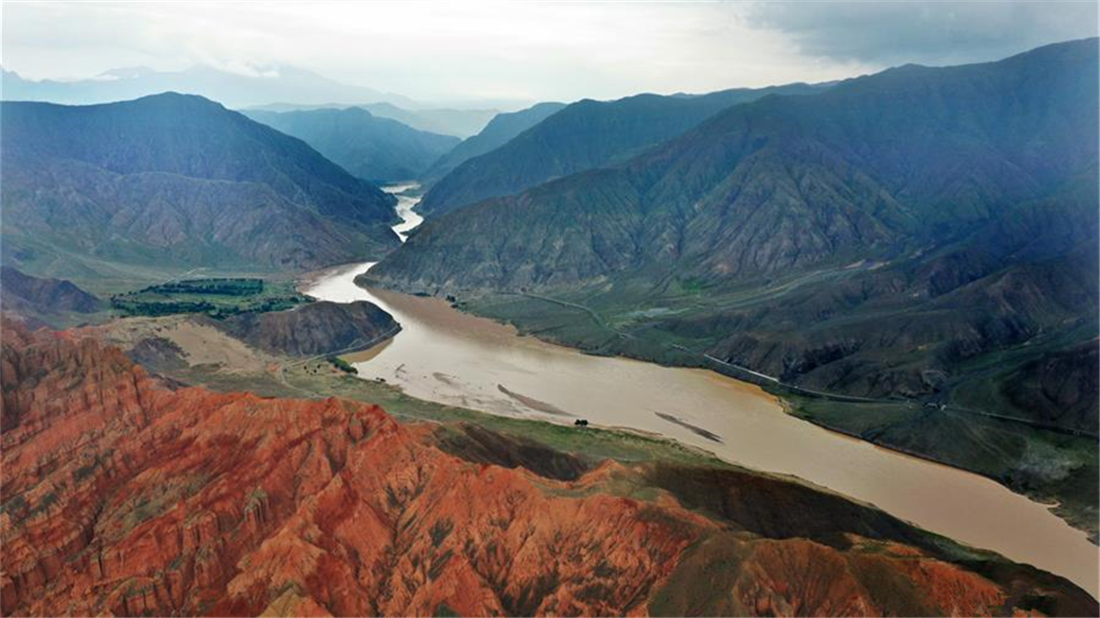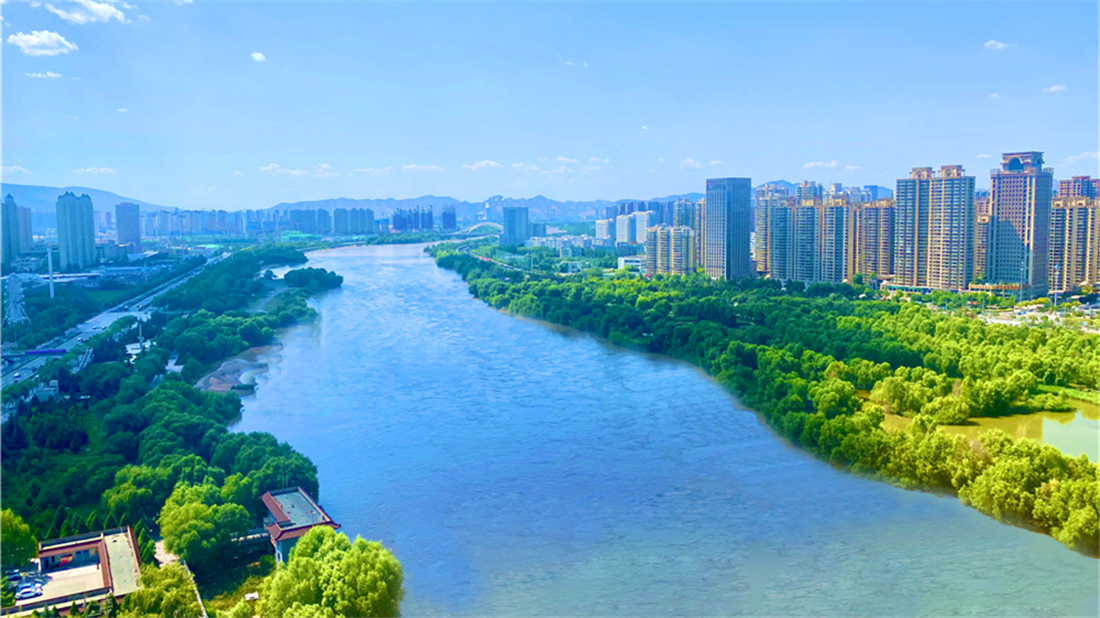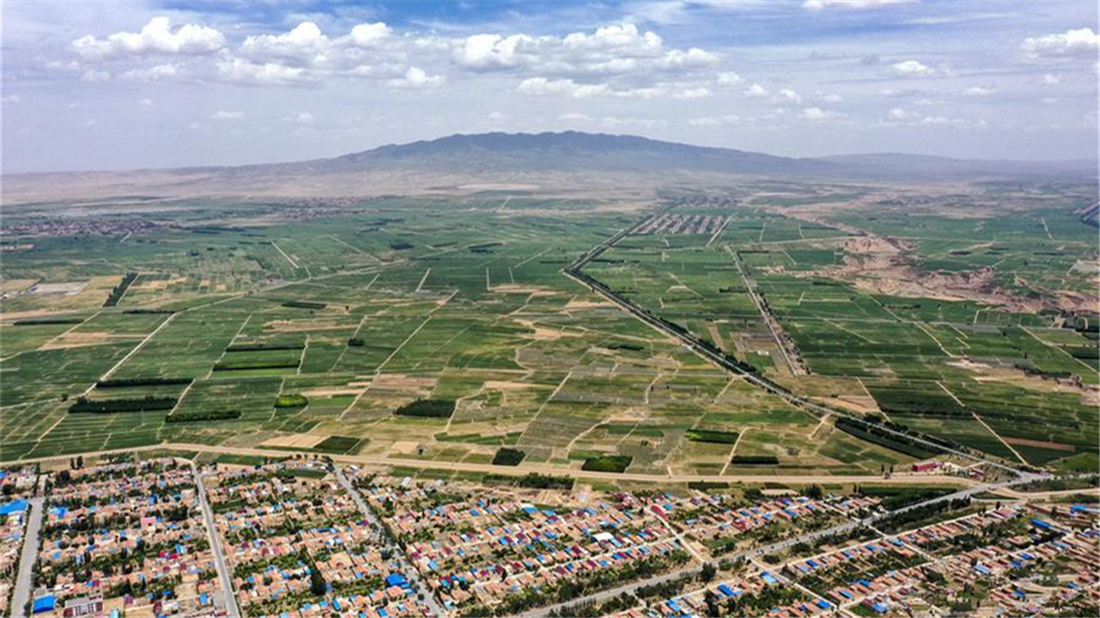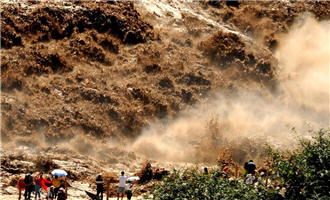Yellow River ecological advancement highlights China's green development
发布时间:2020-08-20 14:30:00 | 来源:Xinhua | 作者: | 责任编辑:Deemed "the cradle of Chinese civilization," the Yellow River basin, one of the most important ecological barriers and economic zones of China, has seen remarkable improvements in its ecological environment in recent years.
With China adopting ecological protection and high-quality development of the Yellow River basin as a major national strategy, the river is expected to play a crucial role in striking a balance between environmental protection and economic growth.
Ecological protection
The Yellow River originates from the Qinghai-Tibet Plateau and runs through the Loess Plateau. Flowing 5,464 km through nine provincial-level regions, it is China's second-longest river, supplying water to 12 percent of China's population and irrigating 15 percent of the country's arable land.
For provinces and regions on the upper stream of the river, ecological protection is among their top priorities.
With the mainstream and more than 20 tributaries of the river running through, the city of Lanzhou, capital of northwest China's Gansu Province, has made great efforts in implementing the national strategy.
As the old saying goes,"When the Yellow River is harnessed, China will enjoy the tranquility." Noting that peace of the Yellow River is significant to the stability of the country, Chinese people have struggled against the floods of the Yellow River since ancient times. The river has so far seen the fifth flood of this year due to continuous rainfall.
Standing at the river bank, Guo Dejun, head of the Lanzhou management center of the waterway, stared at the yellowish surface water. He said he is confident the newly-reinforced embankment would protect the city from the rushing flood.
With a total investment of 1.68 billion yuan (about 242 million U.S. dollars) and after five years of construction, the city's embankment project is nearing completion. It is aimed at tackling the menace of flood and bank collapse, as well as strengthening environmental protection and afforestation.
"Thanks to the project, in the past three years, floods have passed through the city without harming the 3 million residents," said Guo.
In the suburbs of Lanzhou, the city's largest sewage treatment plant is undergoing an upgrade. According to experts at the plant, the discharge standard of the city's sewage will rise to class A after completion of the other three sewage treatment plants.
Hydraulic engineers used drones to map the city's sewage exits leading to the waterway, with follow-up measures of monitoring pollutants and tracing sources of pollution.
"This year, we will seal all the exits of untreated wastewater to ensure clean water supply downstream," said Xing Lifeng, deputy director of Lanzhou Ecology and Environment Bureau.
Lanzhou is also located in an area with severe soil and water loss along the Yellow River basin. The river, which carries sand and dust from the Loess Plateau, is known as the most sediment-laden river in the world.
In order to combat soil erosion, the city has launched large-scale afforestation drives along the river banks since the 1950s and employed forest rangers to protect the forest resources. At present, Lanzhou has around 3,000 government-paid forest rangers.
Forest coverage along the river banks has helped reduce over 600,000 tonnes of soil erosion annually, according to Ren Zhibin, deputy director of the Lanzhou Mountainous Environment Engineering Headquarters.
Quality-oriented development
High-quality and coordinated development of the Yellow River basin started with adjustment and transformation of old industrial cities in the upper stream.
In Lanzhou, high-polluting factories were relocated and new industries marched in. Biomedicine, clean energy and new materials have replaced traditional heavy industries and became new drivers of the regional economy.
According to data from the Lanzhou Bureau of Industry and Information Technology, the added value of Lanzhou's emerging industry accounted for 15.3 percent of the city's GDP in 2019, up about 7 percentage points than that in 2015. The total number of high-tech industries more than doubled in 2019 from that in 2016.
Tourism has also become one of the city's pillar industries. Lanzhou received 82.1 million domestic and foreign tourists in 2019, a year-on-year increase of 22.2 percent. Besides, the total tourism revenue exceeded 76.65 billion yuan, up 29 percent year on year.
In May, Gansu and Qinghai, two important provinces on the upper stream of the Yellow River, reached an agreement for joint construction of the Lanzhou-Xining cluster to promote further cooperation in the ecological environment, education, urban and rural development, energy resources and agriculture.
Cities along the river are more open than before. In conjunction with the Belt and Road Initiative, China-Europe freight trains depart from inland cities like Lanzhou shipping goods to European countries.
For local people, life is getting better with improved river environment.
Almost every day around sunrise, Peng Xiaoling leaves home and runs along the riverbank."The walkway used to be dirty and broken. Now it is flat and surrounded by trees and flowers. I enjoy every moment running and walking along the river," said Peng.
Nabeel Pervaiz, a Pakistani national, came to China 10 years ago and witnessed the opening up of Lanzhou during the past decade. At present, he works at Lanzhou University."I had heard of the Yellow River before I came here. I really enjoy my life in the city," he said.
On summer nights, parks and fitness centers along the river in Lanzhou are crowded with people. Young couples savor their leisure hours sitting in cafes and bookstores. An outdoor cinema screens black and white movies, attracting the attention of the elderly and children.
"Now the river, the city and the people are living in harmony with each other," said Ma Bin, lead singer of a local band named Yeguyao.











